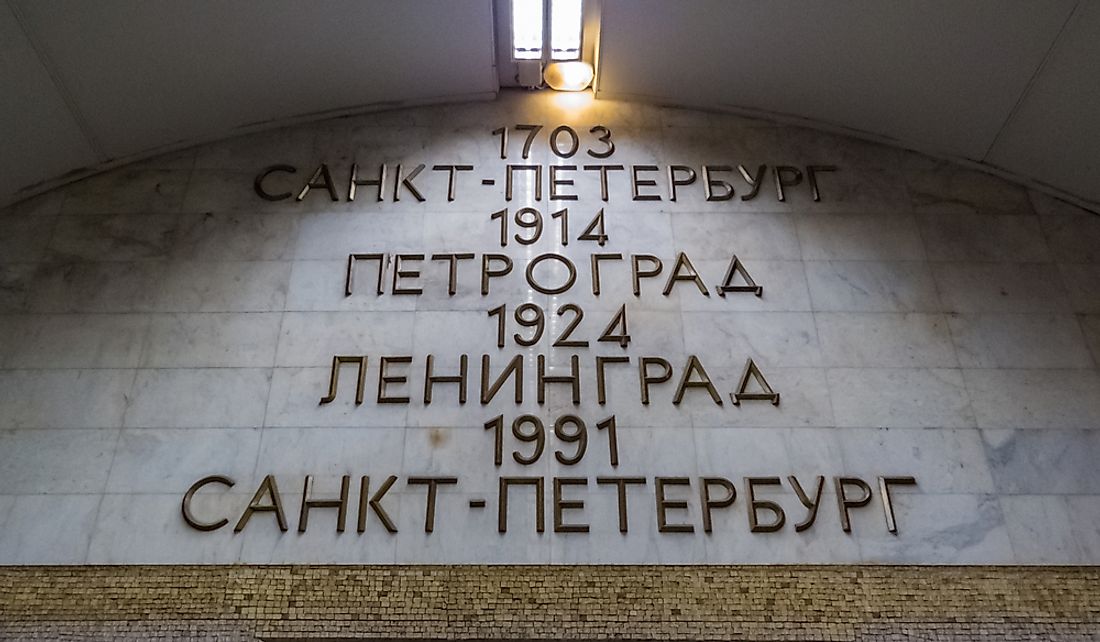Which City Was Formerly Called Petrograd?

Petrograd was one of the historical names of the city of Saint Petersburg in Russia. The present-day Saint Petersburg is Russia’s second-largest city with an area of around 556 square miles. As of 2018, the population of Saint Petersburg stood at around 5.4 million people. Peter the Great, who had the sole intention of building it into a strong European city, established Saint Petersburg back in 1703. Before Tsar Peter the Great came along, the small town had a name although it is now long lost. Today, the city has a number of nicknames such as “The Window to the West.”
Founding of Saint Petersburg
Tsar Peter the Great arrived in the city in 1703 and gave it the name Sankt-Peterburg. The name was only a slight variation to how it is written and pronounced today. Eventually, he moved the entire royal family as well as the government to the city seven years later in 1710. The first name he gave the city, Sankt-Peterburg, was in honor of evangelist St. Peter. However, to most people, it was simply a workaround for the Tsar to name a city after himself without causing too much trouble among the people. During that time, Russia was allied with Germany which is why the German word “burg” was included in the name.
When Peter arrived in the city, he was forced to expel the Swedish colonists before he could start building his dream city. He wanted to establish Saint Petersburg as a powerful economic city with a strong seaport as other strong European cities. He managed to get a number of architects and designers from all over the world to design the city from the ground up. Mostly, peasants from Russia and Swedish prisoners of war built the city. So rapid and impressive was the growth that the city became the capital of Russia in 1712, which was only nine years after its establishment. Even before making it official, Peter always referred to the city as the seat of the Russian government. Peter died in 1725 and left a booming and modern city with a population of at least 40,000.
Name Change To Petrograd
As stated earlier, Russia and Germany were allies. However, the alliance came to a halt when World War I broke out back in 1914. Under the leadership of Nicholas II, Russia decided to change the name Sankt-Peterburg to Petrograd. The motivation behind the change was that the Russian wanted nothing to do with the Germans anymore. Interestingly, however, the name Petrograd also meant a city belonging to Peter although in Russian. When Vladimir Lenin passed away in 1924, Petrograd was renamed to Leningrad in honor of the deceased leader. The city was the location of the well-known Siege of Leningrad during World War II.
Reversion to Saint Petersburg
When the Soviet Union collapsed in 1991, Russia held an election for a president. On the same day, there was a referendum to decide the name of the city. People voted to change the name back to Saint Petersburg. Interestingly, the region around the city still goes by the name Leningrad.











